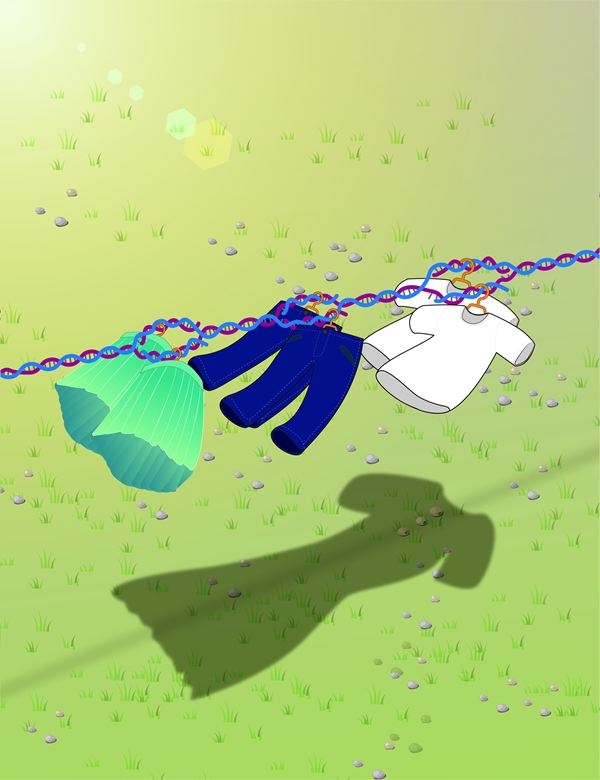Cell proliferation requires DNA replication. And DNA replication causes a temporary doubling of gene copy number, creating a dosage imbalance problem for cells; at the mid-S phase, early-replicating genes have doubled their copies while late-replicating ones have not. Indeed, researchers from QIAN Wenfeng Lab at the Institute of Genetics and Developmental Biology, Chinese Academy of Sciences observed widespread dosage imbalance between early- and late-replicating genes using single-cell RNA-seq.
This dosage imbalance among genes might cause related imbalance of subunits of a protein complex. The stoichiometric relationship among subunits of a protein complex is essential for the survival and proliferation of cells. The disruption of this relationship causes growth defects and, among some protein complexes, can be fatal.
How will cells deal with such dosage imbalance during DNA replication?
Researchers in QIAN lab found that the genes encoding members of a protein complex replicate simultaneously so that the dosage balance among subunits of the same protein complex is maintained. The synchronized replication was mainly observed in fast-proliferating cells, such as embryonic stem cells or cancer cells, suggesting the difference in selective pressure likely dependent on the proportion of time staying in the S phase.
Their study provides a novel mechanism by which cells (especially tumor cells) adapt to fast proliferation.
The work entitled “Synchronized replication of
genes encoding the same protein complex in fast-proliferating cells” has been published in
Genome Research (DOI: 10.1101/gr.254342.119). The work was supported by the National Natural Science Foundation of China.
Figure. Genes encoding the subunits (represented by T-shirts, pants, and skirts) of a protein complex (the set of clothes illustrated in the shadow) replicate simultaneously (indicated by the replication bubbles on the DNA) to keep the dosage balance among subunits of the same protein complex during DNA replication (either one or two sets of clothes on the clothesline). (Image by CHEN Lei and WANG Guoyan)
Contact:
Mr. QI Lei
Institute of Genetics and Developmental Biology, Chinese Academy of Sciences
 Figure. Genes encoding the subunits (represented by T-shirts, pants, and skirts) of a protein complex (the set of clothes illustrated in the shadow) replicate simultaneously (indicated by the replication bubbles on the DNA) to keep the dosage balance among subunits of the same protein complex during DNA replication (either one or two sets of clothes on the clothesline). (Image by CHEN Lei and WANG Guoyan)Contact:Mr. QI LeiInstitute of Genetics and Developmental Biology, Chinese Academy of SciencesEmail: lqi@genetics.ac.cn
Figure. Genes encoding the subunits (represented by T-shirts, pants, and skirts) of a protein complex (the set of clothes illustrated in the shadow) replicate simultaneously (indicated by the replication bubbles on the DNA) to keep the dosage balance among subunits of the same protein complex during DNA replication (either one or two sets of clothes on the clothesline). (Image by CHEN Lei and WANG Guoyan)Contact:Mr. QI LeiInstitute of Genetics and Developmental Biology, Chinese Academy of SciencesEmail: lqi@genetics.ac.cn CAS
CAS
 中文
中文




.png)
